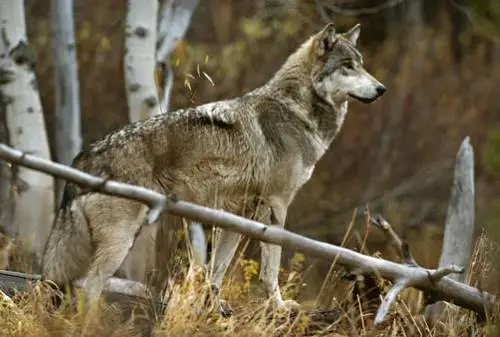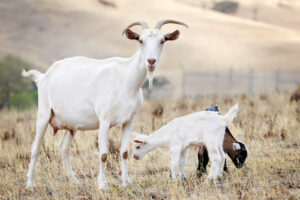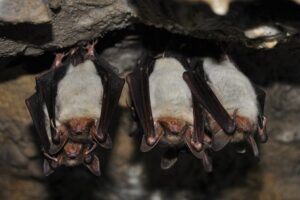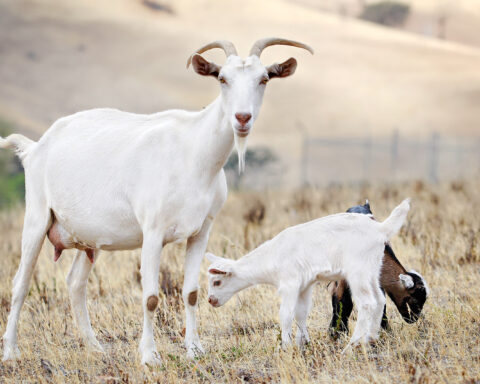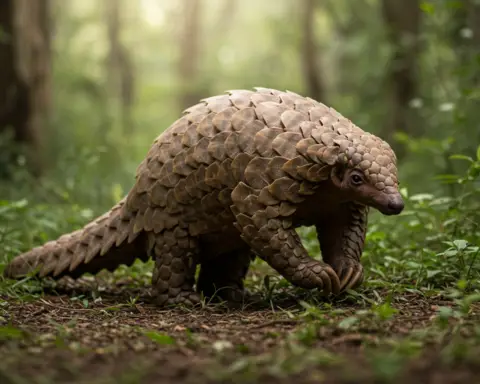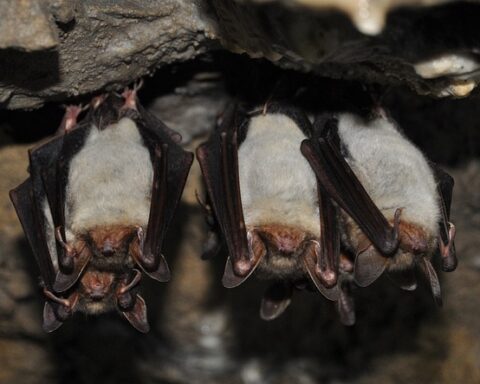The gray wolf (Canis lupus) makes home in just about every habitat in the world. It builds habitats in deserts, mountains, forests, taiga, plains, grasslands, and arctic tundras. Gray wolf is mostly distributed in the northern tip of the earth. While it occupies a wide variety of habitats the wolf generally avoids living near human settlements. Wolves less likely live in the cultivated lands as their primary habitats.
Where Do Gray Wolves Live Map?
Gray wolves prefer to live in habitats where the prey is abundant. If the weather is too cold then the wolf probably reduces its metabolism and blood flow to avoid heat loss. During winter, they will fancy living in covered habitats. For those that live in hot places, they usually like to survive in open habitats. Gray wolves are almost entirely diurnal in that they remain active all day long. Their activity peaks in autumn-spring period. The gray wolf builds dens in rocks, cliffs, and riverbanks. The females produce pups in holes which are covered with dense vegetation. They rarely dig burrows.
The gray wolf is widely distributed throughout the northern and Central Asia and Middle East including Syria, Iran, Saudi Arabia, Golan Heights, Jordan, and Sinai. It has the widest range of all land mammals living today. In China and Mongolia, they are found in the protected parks or reserves. Most of its population occurs in North America such as northern Wisconsin, Upper Peninsula, northern Oregon, British Colombia, Alberta, New Mexico, Arizona, Montana, and Yellowstone National Park. The wolf’s population is also found in Canada, Western Europe, and southern India.
References
Paquet, P. & Carbyn, L. W. (2003). Gray wolf Canis lupus and allies”, in Feldhamer, George A. et al. Wild Mammals of North America: Biology, Management, and Conservation, JHU Press.
Heptner, V.G. and Naumov, N.P. (1998). Mammals of the Soviet Union Vol.II Part 1a, SIRENIA AND CARNIVORA (Sea cows; Wolves and Bears), Science Publishers, Inc. USA.

